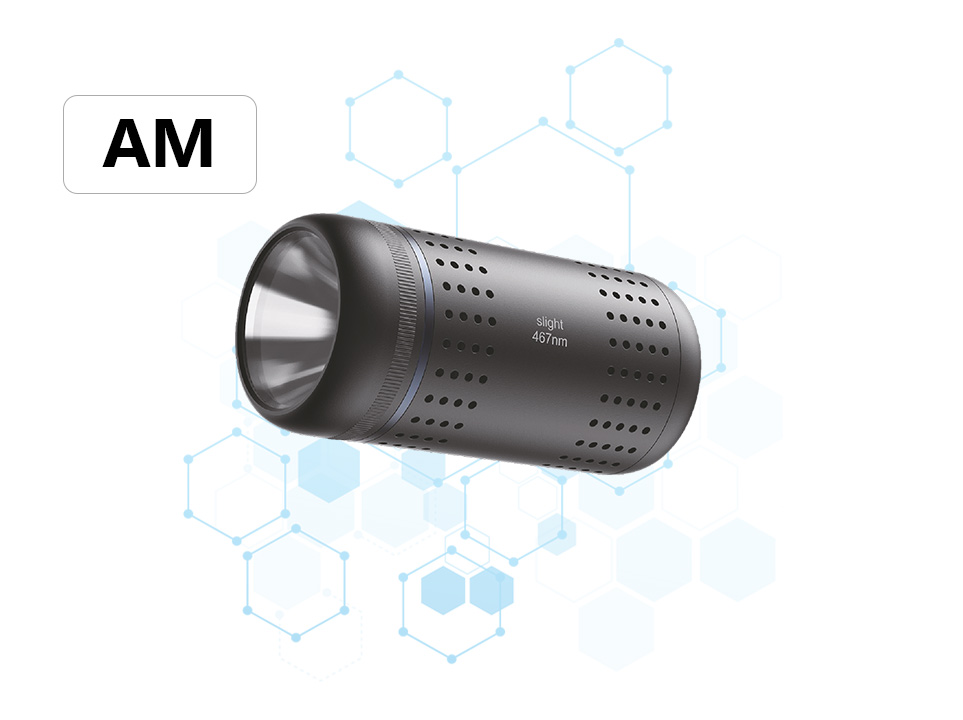What reaction vessels can be used with high-throughput photoreactors?
High-throughput photoreaction instruments can be equipped with a variety of reaction vessels to meet different experimental needs. Below is a detailed introduction to these reaction vessels and their significance in the application of high-throughput photoreaction instruments:
Multi-well Plates:
Multi-well plates (such as 96-well plates, 384-well plates, etc.) are commonly used reaction vessels in high-throughput experiments.
Each well can serve as an independent reaction unit, allowing for multiple parallel experiments to be conducted simultaneously.
The design of multi-well plates makes sample processing, sample loading, detection, and data analysis more efficient and automated.
In high-throughput photoreaction instruments, multi-well plates can be used for research on photocatalysis, photosensitization, photosynthesis, and other studies.
Petri Dishes:
Petri dishes are typically used for cell culture, microbial culture, and other biological experiments.
In high-throughput photoreaction instruments, Petri dishes can be used to study the effects of light on cell growth, differentiation, metabolism, and other processes.
The size and material of Petri dishes can be selected based on experimental needs.
Microfluidic Plates:
Microfluidic plates are reaction vessels that integrate microchannels, microvalves, micropumps, and other microfluidic components.
They enable precise manipulation and reaction of microsamples, making them suitable for high-throughput screening, drug discovery, and other fields.
In high-throughput photoreaction instruments, microfluidic plates can be used for research on photochemical reactions, photosensitive material synthesis, and other studies.
Beakers:
Beakers are common reaction vessels in laboratories, suitable for reactions involving larger volumes.
In high-throughput photoreaction instruments, beakers can be used for experiments that require larger reaction volumes or stirring.
Beakers are typically made of glass or plastic and can be selected based on experimental needs.
Flasks:
Flasks are commonly used for reactions that require heating, refluxing, or distillation.
In high-throughput photoreaction instruments, flasks can be used to study photothermal effects, photocatalytic degradation, and other processes.
The neck design of flasks facilitates the installation of condenser tubes and other accessories to meet experimental needs.
Sample Bottles:
Sample bottles are used for storing and transporting samples and are also suitable for small-scale reactions.
In high-throughput photoreaction instruments, sample bottles can be used for experiments such as light stability testing and photosensitivity evaluation.
The material and sealing performance of sample bottles have a significant impact on experimental results.
Reaction Tubes:
Reaction tubes are specifically designed for chemical reactions and typically have transparent walls to facilitate observation of the reaction process.
In high-throughput photoreaction instruments, reaction tubes can be used for research on photochemical reactions, photocatalytic synthesis, and other studies.
The size and material of reaction tubes can be selected based on experimental needs to meet different reaction conditions.





